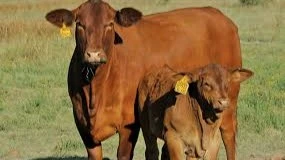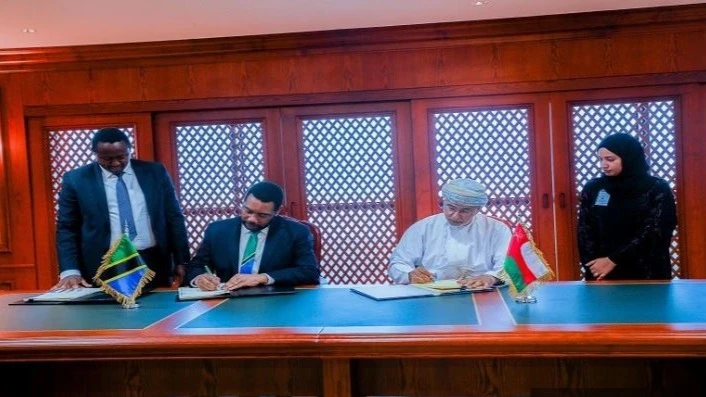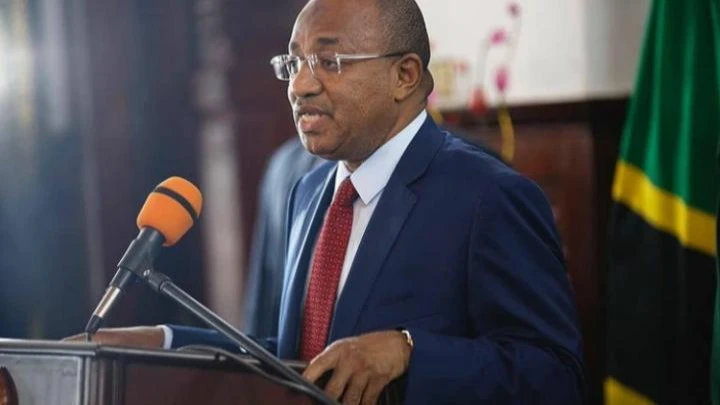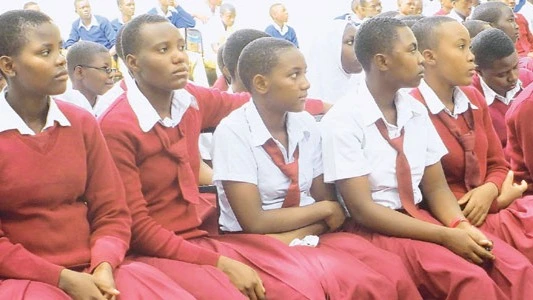Animal pasture cultivation plans hold promise, but doubts remain
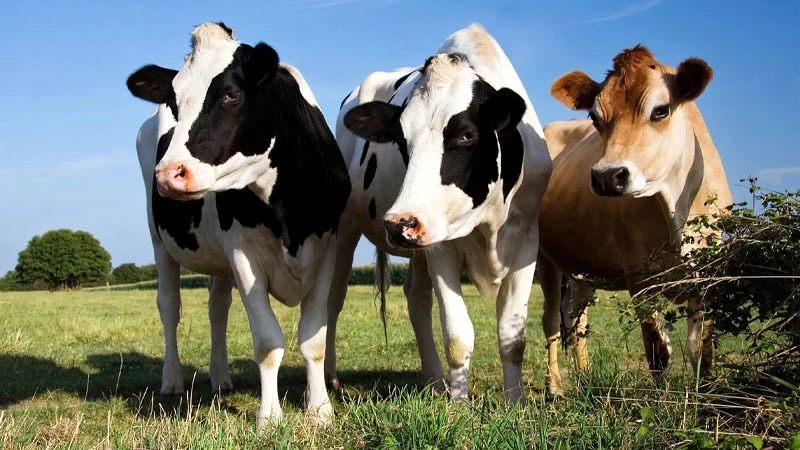
PUBLIC enterprises which came into place in the wake of the (early 1967) Arusha Declaration will be clocking 60 three years from now.
Many of the later, including current, organisations stemmed from some initial umbrella entities governing sector-level growth – an example being the National Development Corporation for the industrial sector.
The Tanzania Livestock Research Institute (TALIRI) and its ally, the Tanzania National Ranching Corporation (NARCO), arose from specialisation in the livestock sector – in research and in ranching proper.
Much of their work focused on what could be done on the basis of natural conditions like rainfall and expansive grazing land, mixed breed cattle, etc.
Now there are some genuine changes, as the two organisations expect to embark on irrigation-aided animal pasture cultivation in Kongwa District, Dodoma Region.
It has taken nearly 60 years for research and administrative synergy, which includes the right subsidies in lieu of credit outlays, for the sister agencies to devise measures consonant with the fact that they need to sort out the pasture supply challenge during the dry season.
This challenge is by means new, but there has never been a confluence of circumstances to permit generating this alternative solution.
Top TALIRI officials say the initiative will likely involve 2,000 hectares of land also to be used for goat fattening, another indication that land use is starting to become more complex, as the breadth of activities in need of distinctive land allocation increases.
What was also interesting in that regard is that the two public agencies hosted what would otherwise be a drive directed by the private sector, but which may have failed to find a proper anchor and opted to aid public sector initiatives with an impact on the desired sphere. It relates to a Denmark-supported incubation centre for youth in Kongwa.
It is not surprising that these initiatives are largely donor-dependent, with the Private Agricultural Sector Support Trust (PASS) standing as a go-between.
TALIRI has hinted on a loan from the African Development Bank (AfDB) for training 200 youths annually in commercial goat fattening and pasture farming.
While these initiatives are local, it is unclear whether it is the sector that is changing or it is donor engagement that is being widened, as a changing agri-business sector would be anchored in bank credit. Any issuance of credit in a competitive manner shows faith in its design and likely results.
How far donor funds will enable strong and modern irrigation infrastructure over 2,000 hectares of land to facilitate pasture farming standing on its feet thereafter is another matter.
It is similarly unclear how, based on that sort of donor support outside any viable commercial framework, how many such projects will be absorbed by donor agencies. It could easily be just a few experimental initiatives.
This sort of support makes expert consultations ambient and fruitful but is no magic wand for pasture farming or youth involvement in agriculture in a systematic way until land titles and banks come in.
Top Headlines
© 2024 IPPMEDIA.COM. ALL RIGHTS RESERVED











